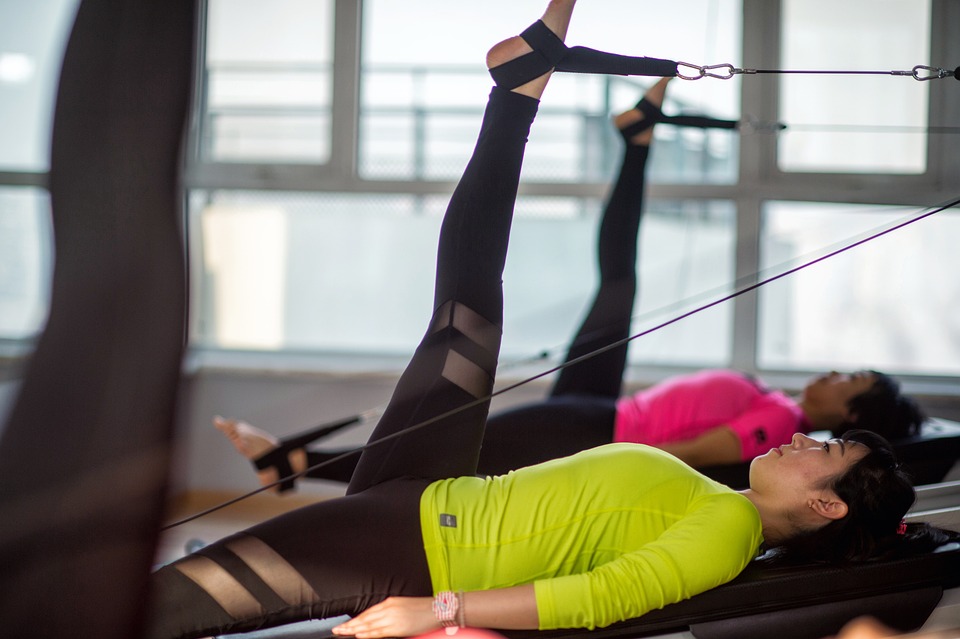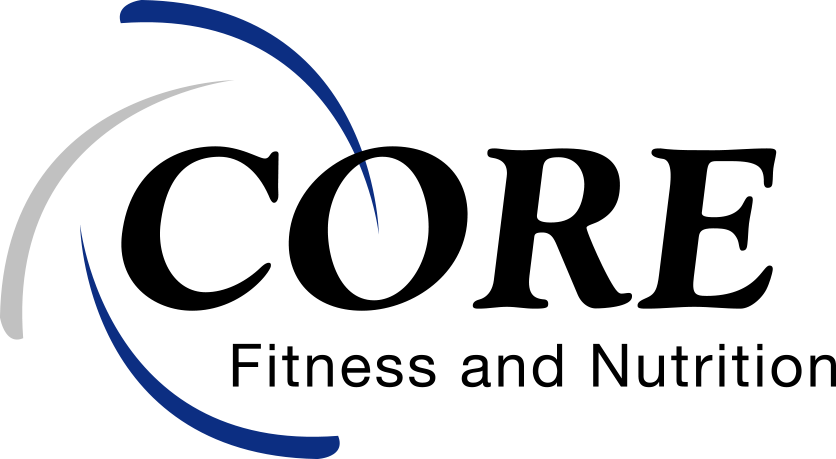Pilates is another tool in your exercise toolbox that you should be doing. In the world of fitness, there are plenty of exercise options for just about every demographic. There are aerobics classes for the young and the not so young; exercise opportunities for the athletic and the athletically challenged; yoga for all levels and ages. The list goes on and on.
 To prove my point, take a look at a condensed list of some activities my current personal training clients swear by-hot yoga (or Hatha yoga), salsa dancing, Taekwondo, water aerobics, and even a dedicated devotee of boxing. But the number one “alternative” workout that my personal training clients rave about above all others is Pilates. What is it that makes this form of exercise so popular across the board? Does Pilates pack the punch it claims to? Are the touted benefits real and effective?
To prove my point, take a look at a condensed list of some activities my current personal training clients swear by-hot yoga (or Hatha yoga), salsa dancing, Taekwondo, water aerobics, and even a dedicated devotee of boxing. But the number one “alternative” workout that my personal training clients rave about above all others is Pilates. What is it that makes this form of exercise so popular across the board? Does Pilates pack the punch it claims to? Are the touted benefits real and effective?
Gymnasts, professional dancers, and ballet enthusiasts prefer Pilates over other forms of exercise because Pilates produces results. Pilates isn’t based on lifting heavy weights or repetitive motion. So for those looking to build bulky muscle mass, Pilates probably isn’t for you. However, if you are looking to gain the look of long, lean muscle, continue reading.
Pilates is a Total Body Workout
Pilates participants can’t perform each exercise by isolating muscles or whole muscle groups as the workout progresses. Instead, Pilates is a whole-body workout. Large muscle groups get worked, stabilizer muscles are utilized, overall body alignment is a continual focus and proper breathing is key. Doing all of this at once for an hour is all-over body work.
Mind/Body
Pilates doesn’t operate in a vacuum. You can’t just go to a Pilates class and breeze through the exercises with little to no mental concentration. Instead, Pilates is all about the mind and body operating together as optimally as possible. The man who founded the practice, Mr. Joseph Pilates, studied various mind-body disciplines (like yoga and martial arts). When you are required to do leg lifts as you pretend your body is flat between two panes of glass, as you focus on breath, as you tilt your pelvis forward just so, and point your toes, it’s impossible not to enhance your body awareness.
Pilates and Core Strength
Core fitness is real. There’s a lot to be said for a strong core. It’s like the foundation of a house. With mortar and rocks, the house stands in a storm. But if a foundation consists of a few wobbly cinder blocks-you get the picture. A strong core includes the muscles in and around your abs and back. Pilates is all about the core. A strong core will help you in the next category.
If you are accident-prone or tend to overtrain, I suggest that you give Pilates a try. If you tend to pull a muscle reaching for the shampoo in the shower or continually have to ice your knees after long runs, chances are Pilates is for you. A strong core can help prevent accidents from happening in the first place. By becoming more in touch with your body, you begin to understand the power of your breath and by strengthening your core muscles, you are less prone to overtraining and injury.
Remember, variety is good for fitness. It’s true that runners need to run to train. And swimmers must swim. But bring balance and mindfulness to your regular workouts-add Pilates. Clearly, the benefits are worth it.

Fitness can be achieved anywhere, so don’t stress about not getting to the gym. The good thing is that you are contemplating getting into shape, the next step is to take some action. In is as little as 20 minutes per day you can perform total body workouts with little to no equipment that will help improve your ability to function.